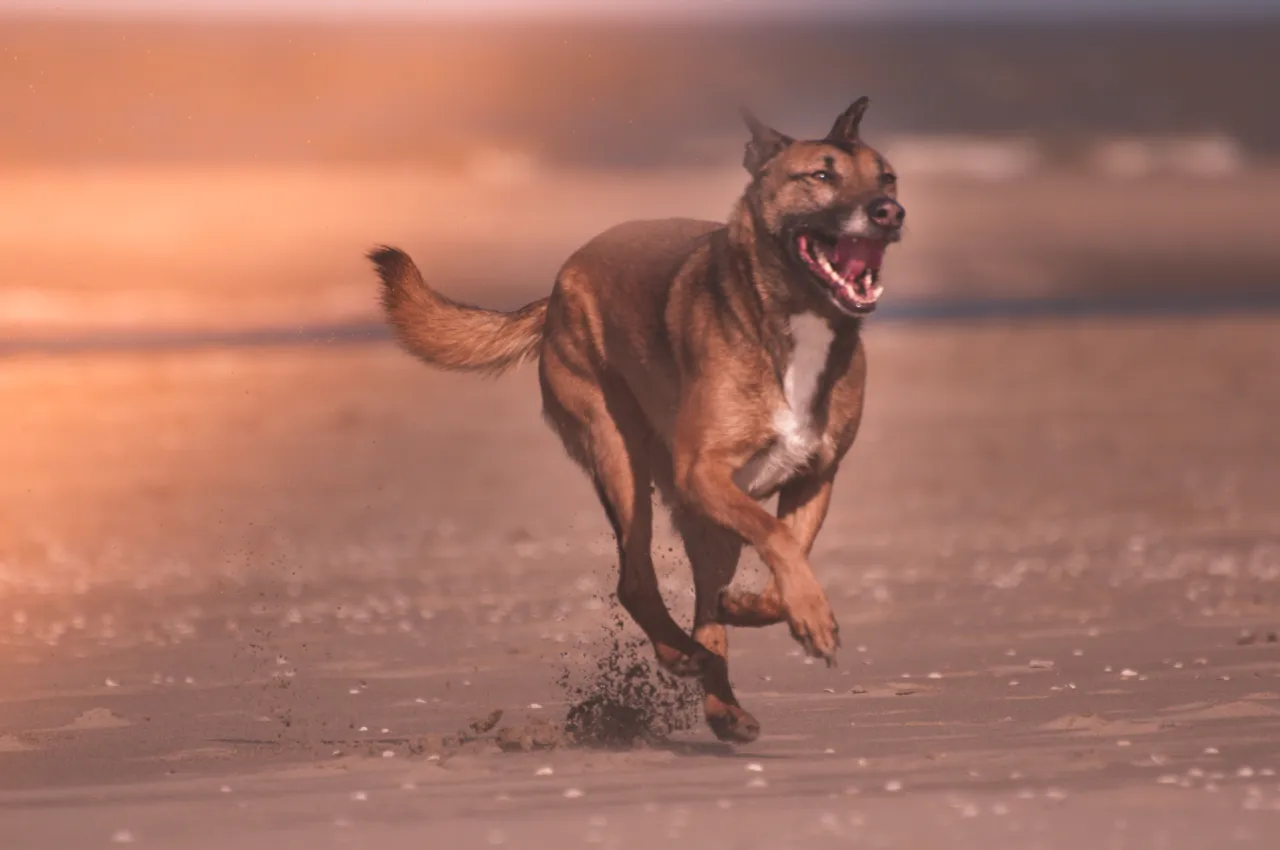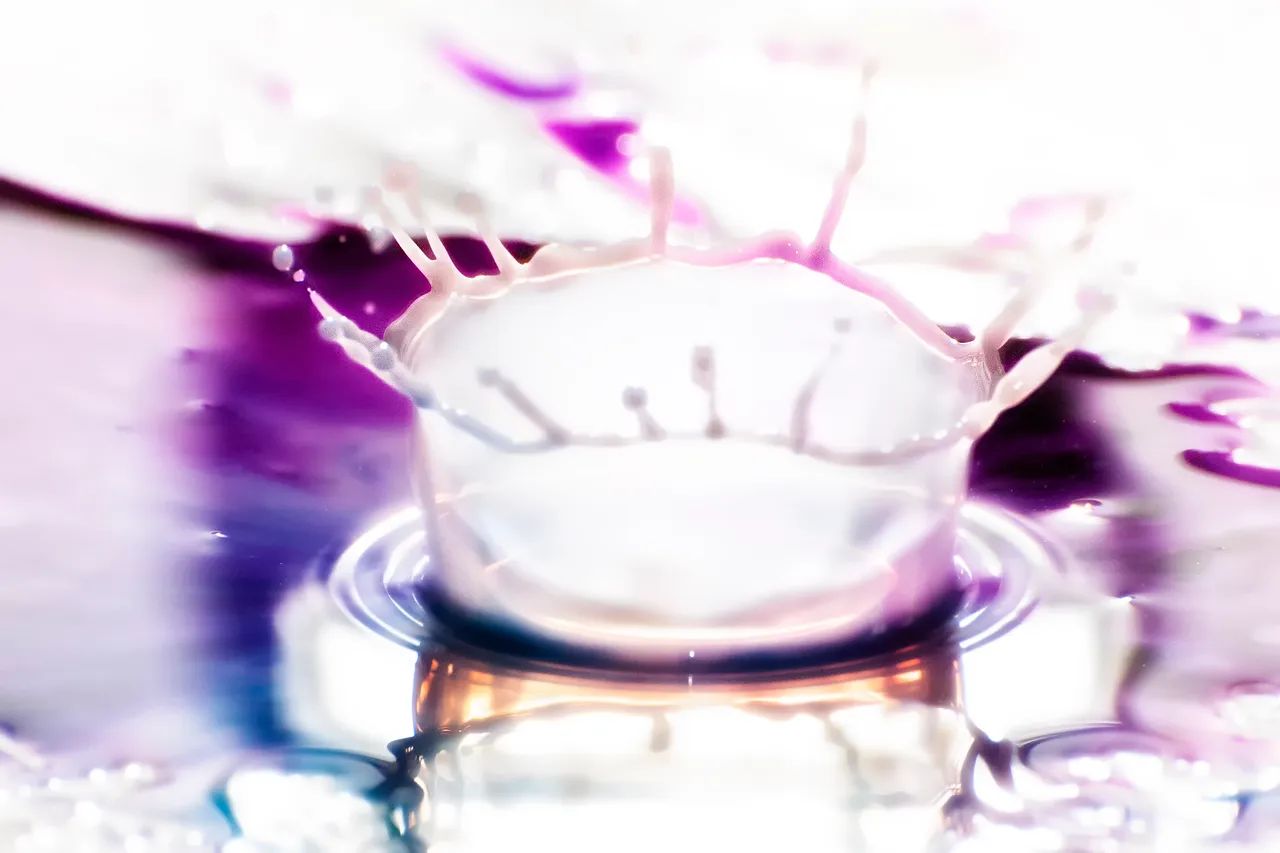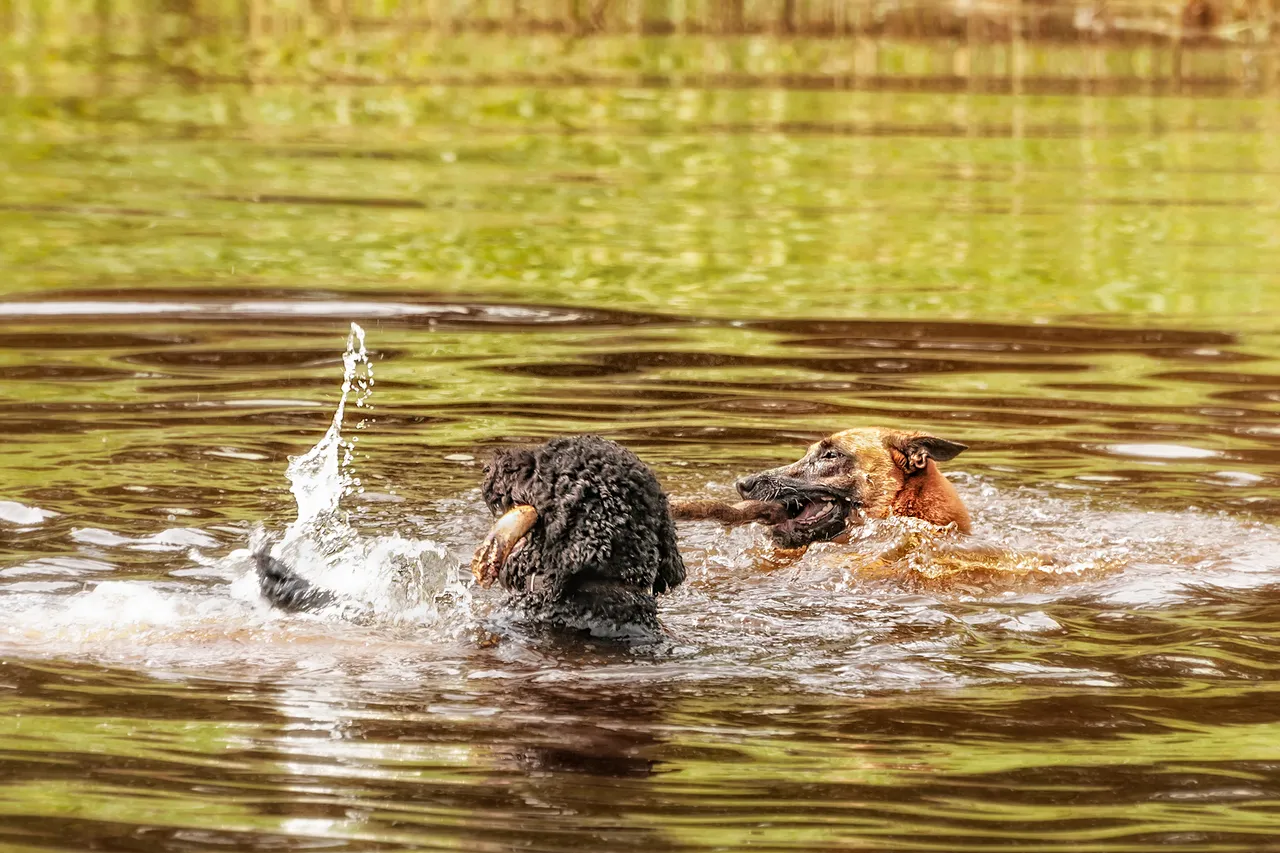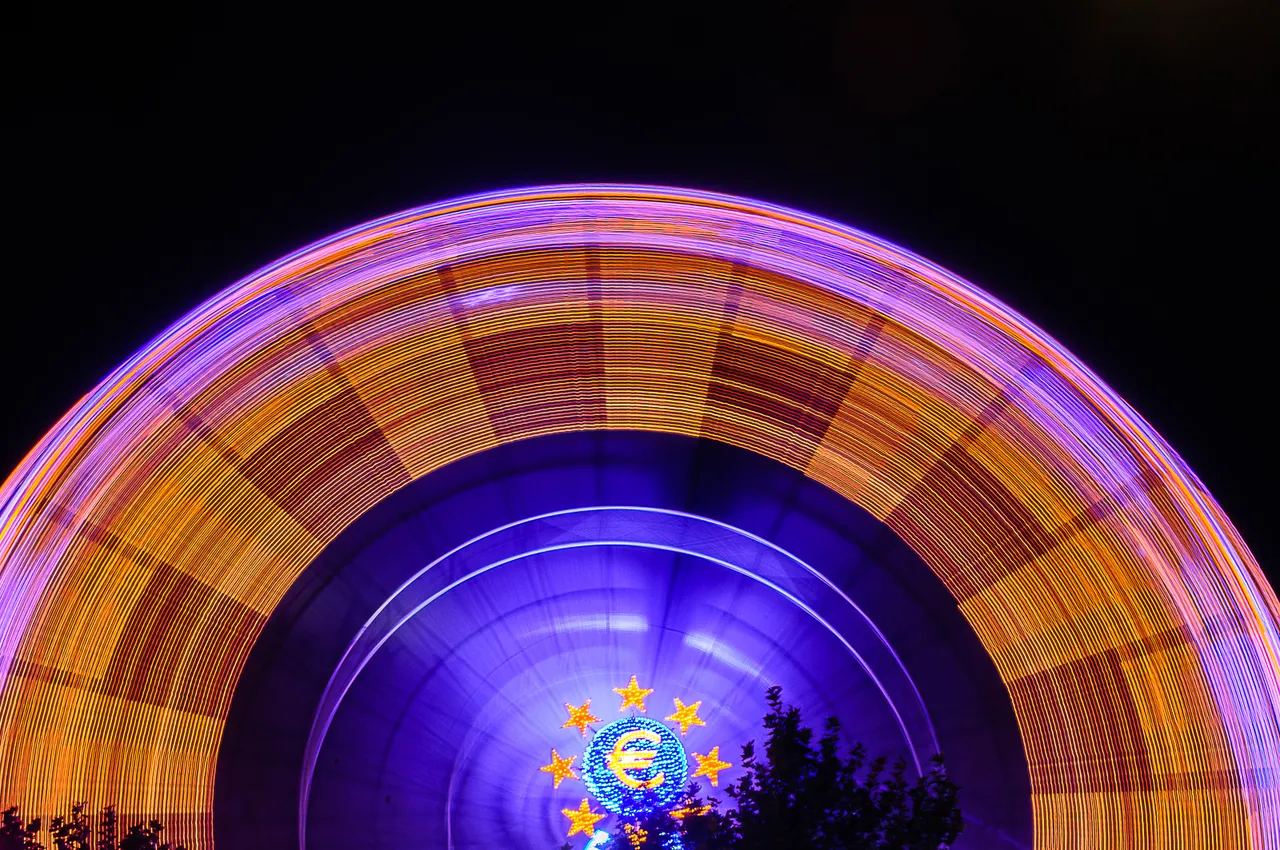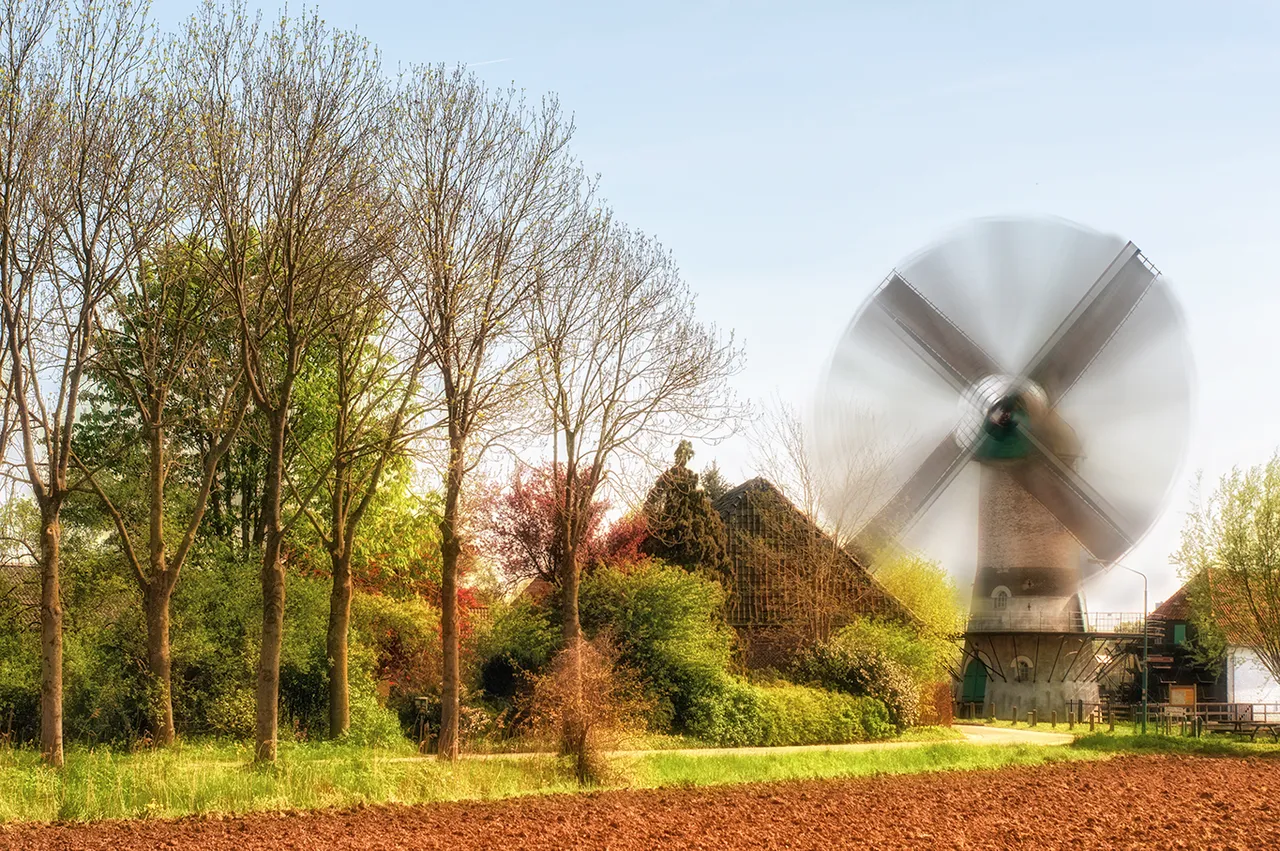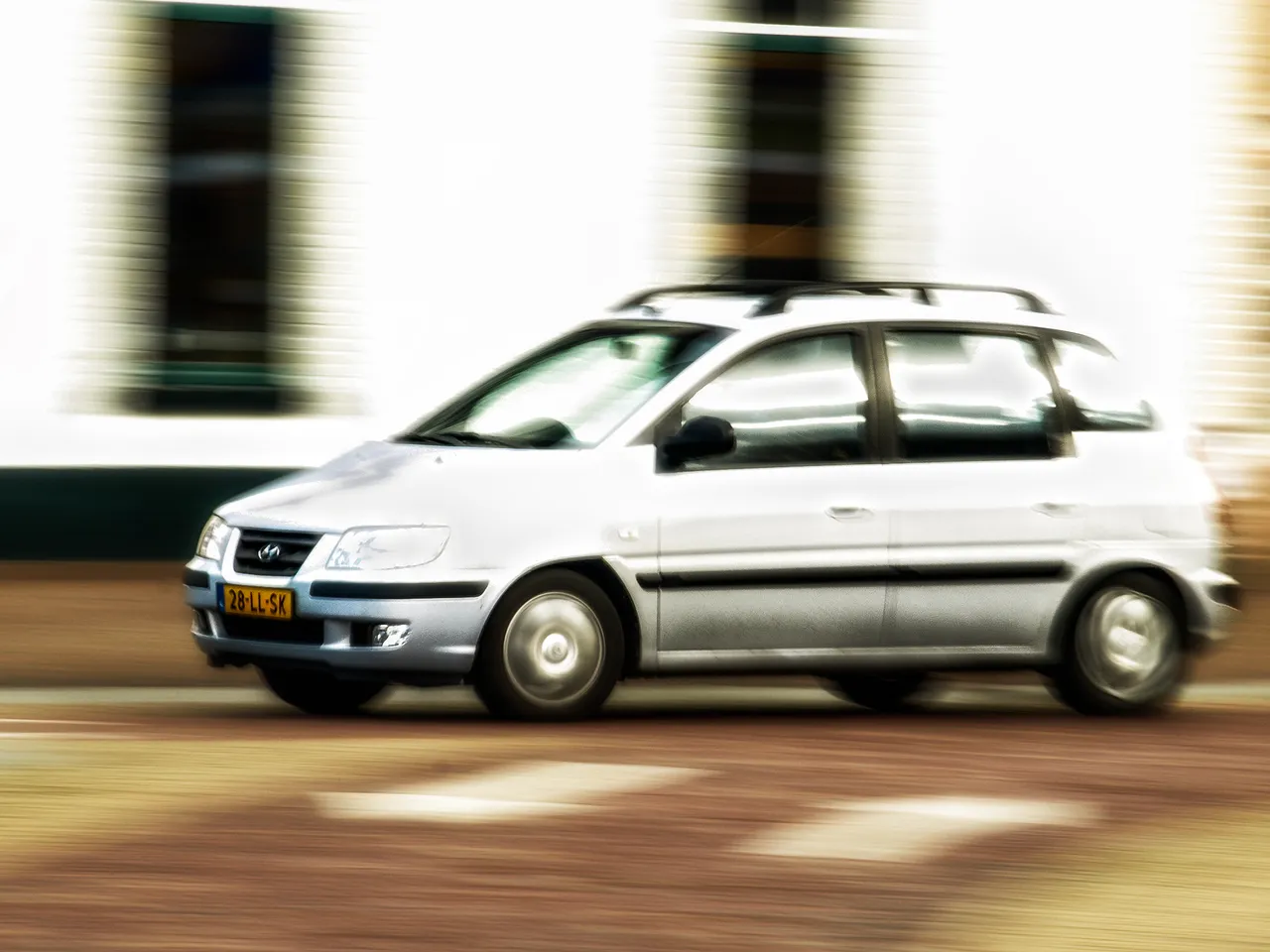Motion Photography.
Once you have caught the photography virus ... it is almost impossible to ever get rid of it again. Sometimes it will be more and sometimes it will be less, but the experience has taught me that you will never really get rid of it. And that you always want to achieve something more, want to take on a new challenge, improve your photography skills, innovate and innovate brings new challenges.
And sooner or later you will have to deal with the different possibilities to photograph Motion. But how do you do that?
There are different ways to photograph movement, and the most familiar ways I want to explain to you in this short tutorial.
The first is of course the most used and the most chosen way of photographing motion ...
- FREEZING THE MOVEMENT.
Photographing this way of movement is the most common way of photographing photography. To prevent an unsharp photo due to movement, we set a faster shutter speed than the subject of your photo moves.
And depending on your subject, this shutterspeed will start at about 1 / 125s and higher of course. A real rule is not to give here, but logically your shutter speed can be slower if you photograph a walking person than when you photograph a horse in a gallop. Of course this are just examples.
You can do this in the total Manual mode of your camera, where you set all the settings yourself, but when it comes to only shutterspeed you can also choose to put your camera in the SHUTTERSPEED PRIORITY PROGRAM. This determines the shutterspeed you want and the camera automatically adjusts the other settings that are necessary to achieve neutral exposure. Can be easy if you do not have much knowledge of the lighting triangle yet.
A few sample images of frozen movement.
- LONG EXPOSURE.
This is done the most by putting the camera on a tripod and capturing the movement of the subject of your photo.
How long or how short your shutter time should be for this is again dependent on the movement of your subject. A flowing river needs a slower shutter speed to show movement, than a waterfall that crashes down with thunderousforce. Or a fairground attraction that moves through your image at full speed.
With this form of motion photography, your subject is photographed in motion and the background stays sharp. Don't forget to turn off the vibration reduction of your lens when using a tripod.
- PANNING TECHNIQUE.
Panning is a different way of movement. Here you keep your subject in focus, but show the movement through a blurred background.
In this technique you draw the camera on the speed of your subject with the movement of your subject. This keeps your subject sharp, but the background is blurred by movement. This gives a very dynamic picture.
Here, of course, it is of course playing with the correct shutter speed that is needed, and here too you can do this in the shutter speed pre-selection of your camera. With an important difference. You do NOT use a tripod with this technique.
You start by focusing on your subject, press the shutter button halfway and start to follow your subject, then you continue to make the picture and you keep moving the camera with your subject at the same speed in a straight line. Complete the movement all the way until you actually hear the shutter of the camera close to obtain the best possible effect.
Search with your elbows support with your body and move with your whole body in this line. That gives the most stability and the best results.
Pay attention to this technique, some lenses have two positions vibration reduction, one to compensate for the up and down movements. The other to compensate for horizontal movements. In this case, switch off only the horizontal vibration reduction. You need it to capture the movement in your background.
- TIMELAPSE
And the latest technique to photograph movement that I show in this blog is the timelapse .
A timelapse is a mounted video of all separate photos taken from a tripod over a longer period of time.
I will show the video here, and this is a technique for recording movement. But how the timelapse works exactly ... This was actually my first timelapse ever. I know it's not perfect, but it is a timelapse, and the secret of this timelapse is that it is made with photo's!
I will write a full blog for the Timelapse. Because it is really worth it to know how and to actually do it. I know I will soon go for the next.
Hopefully you all stay tuned until the next tutorial!
